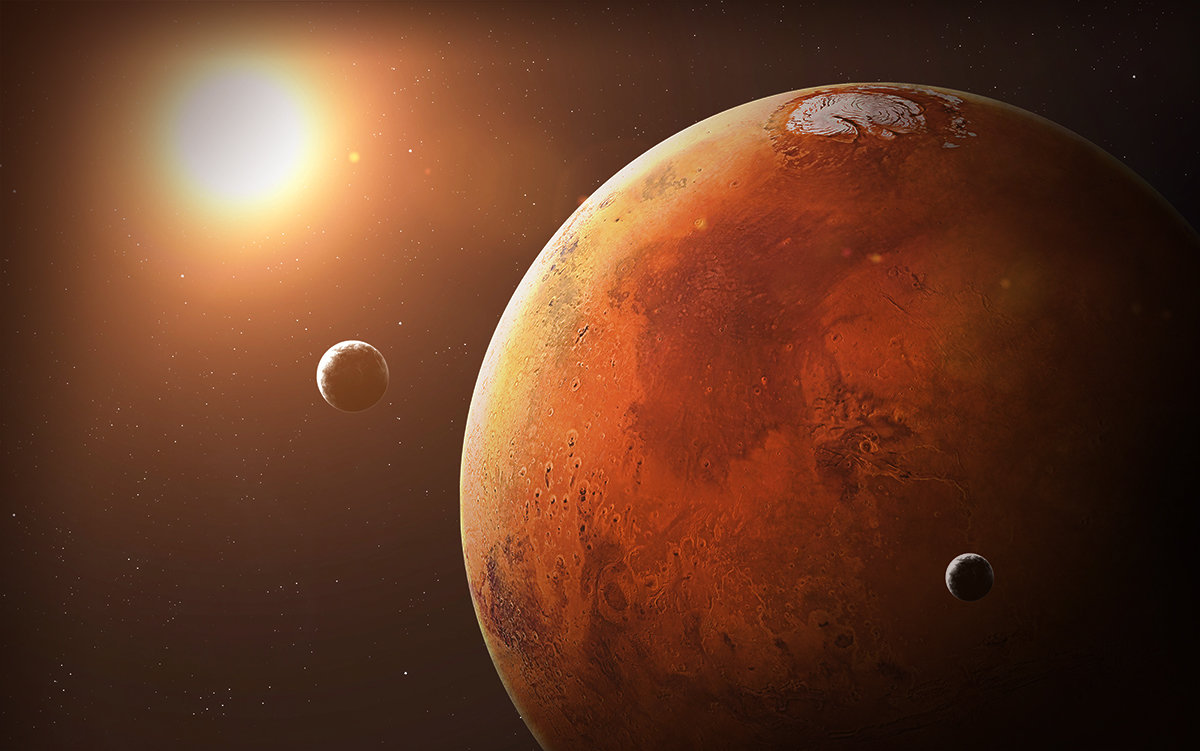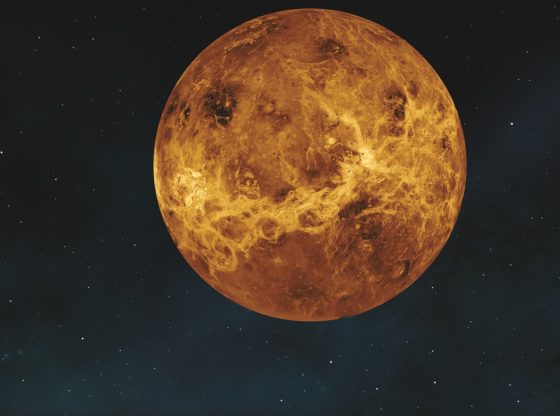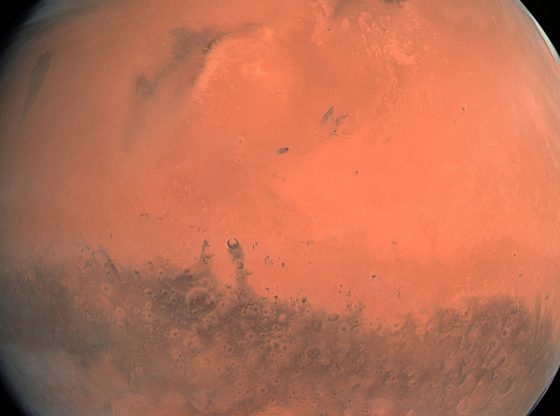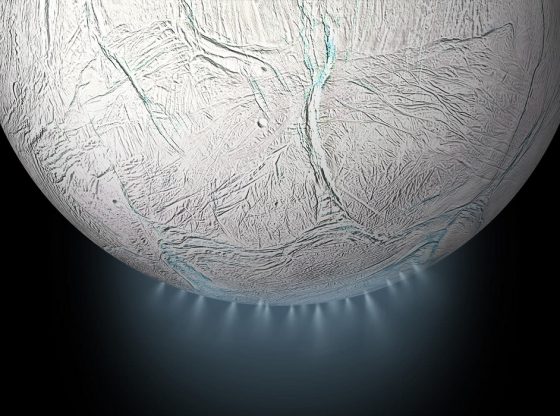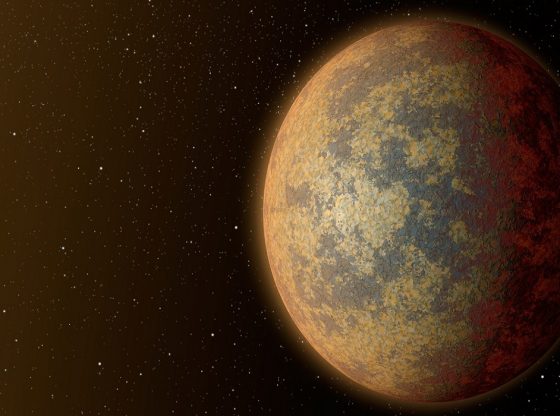Water on Mars could hold more oxygen than previously believed, theoretically enough to support aerobic respiration, suggests a new research challenging traditional beliefs about the Red planet’s habitability.
The possibility that life could exist on Mars has captured the imagination of researchers, scientists, and writers for over a century. Now, thanks to a new study the theory that life could still exist there has been given another boost.
The study indicates that Mars may have enough oxygen gas locked away beneath its surface to support aerobic organisms.
Atmospheric oxygen both enables complex life as we know it, and is also a hallmark of it. But since there is hardly any oxygen in the atmosphere surrounding Mars, this has raised questions about the prospects for complex life there.
But it might be possible that some oxygen is dissolved in watery brines that could exist at or just below the Red Planet’s surface. Geologists at CalTech and Harvard have analyzed exactly how much oxygen these brines could hold and found that it might be just enough.
According to the study reported in the journal Nature Geoscience, the levels could even theoretically exceed the threshold needed to support simple aerobic life.
The team developed a chemical model describing how oxygen dissolves in salty water at temperatures below the freezing point of water. They then examined the global climate of Mars and how it has changed over the past 20 million years.

They found that at low-enough elevations and at low-enough temperatures, an unexpectedly high amount of oxygen could exist in the water — several orders of magnitude above the threshold needed for aerobic respiration in Earth’s oceans today.
“Our result is that oxygen can be dissolved in various brines under modern Mars conditions at concentrations that are much greater than aerobic microbes need for breathing. We cannot make yet statements related to the potential of groundwater, but our results might imply the existence of cool brines acting on rocks forming manganese oxides, which have been observed with MSL.”
Reference:
Vlada Stamenković, Lewis M. Ward, Michael Mischna & Woodward W. Fischer “O2 solubility in Martian near-surface environments and implications for aerobic life” DOI: 10.1038/s41561-018-0243-0 (About DOIs).

